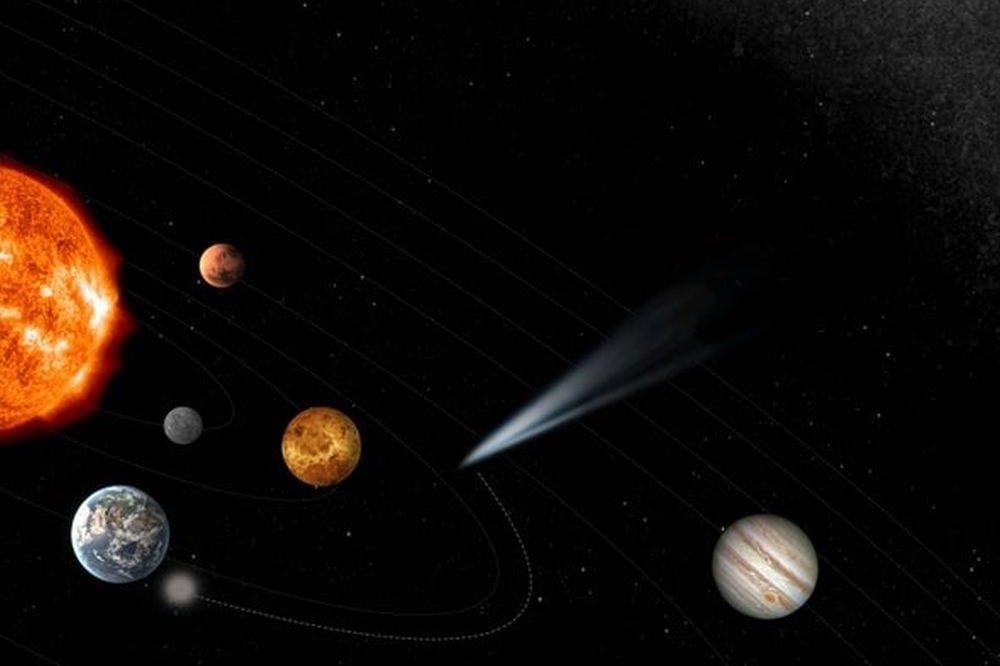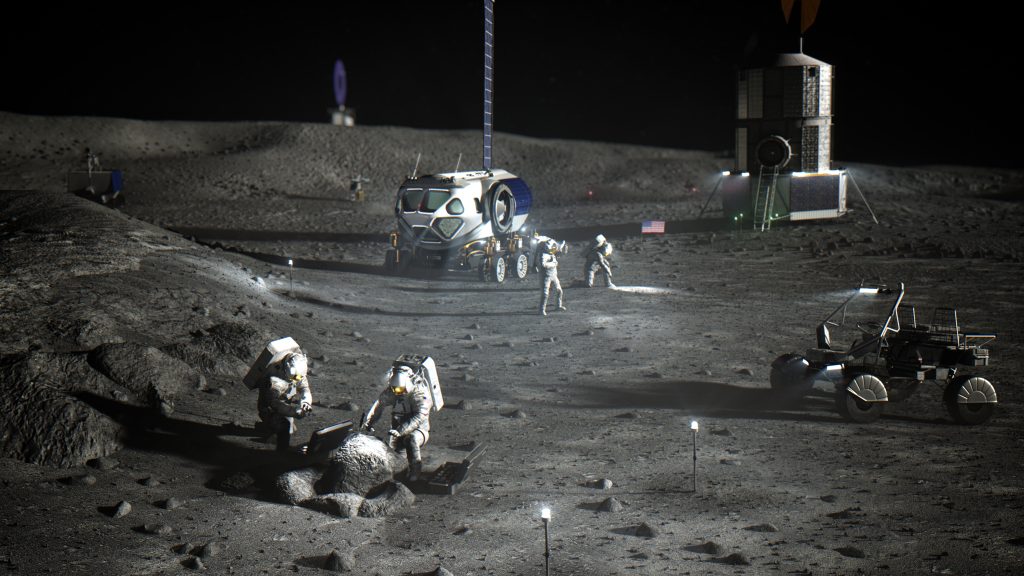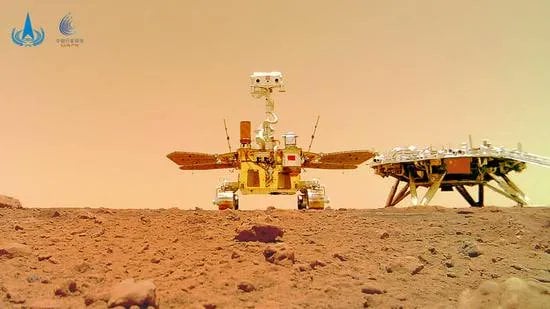
In the future, astronomers could use the Sun's gravity as a telescopic lens, and map the surfaces of nearby exoplanets.
Continue reading

In a recent study, a team led by the University of Tokyo believe they have found remnant material of one of the first stars in our Universe.
Continue reading

New research from Cornell University shows that radar reading from Mars' South Pole region may not have been caused by an underground lake.
Continue reading

Astronomers have mapped the location of the Milky Way's black holes and neutron stars.
Continue reading

An ancient collison with the Milky Way is still causing ripples in our galaxy according to Gaia data.
Continue reading

The ESA just released a video that shows the DART mission impacting the double-asteroid system of Didymos and Dimorphos.
Continue reading

LEAP (Legged Exploration of the Aristarchus Plateau) is a mission concept study, funded by ESA, to explore challenging lunar terrains using ANYmal, developed at ETH Zürich and its spin-off ANYbotics.
Credit: ETH Zürich/Robotics Systems Labs (RSL)
Continue reading

Jupiter's upper atmosphere should be pretty cold, but it is surprisingly quite hot.
Continue reading

Using images taken by JunoCam, a team of citizen scientists have created a 3D animation of Jupiter's atmosphere
Continue reading

In a recent report, researchers with the Penn State Extraterrestrial Intelligence Center recommend that we search for extraterrestrial intelligence here in the Solar System.
Continue reading


















































